Franz Liszt in Bayreuth
The series about historical places of opera art & culture. Get to know exciting excursion and travel ideas for opera lovers. This time: Franz Liszt in Bayreuth.
All Destinations on google maps with links to detailed Blogposts:
Franz Liszt in Bayreuth
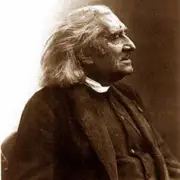
Liszt was in Bayreuth a little more than a dozen times. The reason for visiting was, of course, Richard and Cosima’s festival house, but also his relationship with the Bayreuth pianofactory Steingraeber (more on this below).
Liszt’s relationship with Wagner dates from the late forties, where Liszt began to promote Wagner with performances and financial contributions. The relationship with him was friendly, but became strained with his daughter’s extramarital affair with Wagner. This was a thorn in the side of the devout Liszt (which, however, was never an obstacle for him personally…). Later the relationship improved again and the Wagners tried to engage the famous pianist with concerts and occasions for the festival, which Liszt occasionally complied with. Wagner was always scowling during Liszt’s visits, probably because he was jealous of Liszt’s popularity. Wagner often spoke ill of Liszt’s music, but on several occasions had “stolen” ideas from his works, for example in Parsifal (transformation music).After Wagner died in 1883, his daughter Cosima took over the responsibility for the festival and again she called for Liszt, because the pressing financial obligations weighed on her and she wanted to make use of her father’s glamorous name once again. However, she did not want the now infirm man in the Villa Wahnfried and put him up in the house next door. When Liszt arrived, he was already seriously ill. Nevertheless, he patiently attended the events. Towards the end of July he became bedridden, but Cosima had little time to care for her father. So he died lonely in his room of pneumonia, not even the last rites could be received by the faithful Abbé Liszt. Cosima kept Liszt’s death a secret until the festival was over. For prestige reasons, she ignored Liszt’s wish to be buried in Hungary and had him buried in Bayreuth (though there is a major controversy about this). The funeral mass in the Catholic church in Bayreuth was attended by 2000 people, Cosima did not think it necessary to be there.
Destination Franz Liszt Museum
In 1993, the city of Bayreuth was able to take over a bequest from the pianist Ernst Burger, who owned a Liszt collection comprising several hundred pieces. It set up a Liszt Museum in the house where Liszt died, next to Villa Wahnfried. Liszt was a guest there several times and occupied the mezzanine floor. Many documents, valuable Liszt portraits, busts and also Liszt’s silent piano, which he often had with him on his many journeys, await the visitor there. The rooms of the museum are arranged chronologically, very informative and the place is absolutely worth visiting.
Liszts deathplace:
A look into the museum:
https://www.bayreuth-tourismus.de/en/places-of-interest/museums/franz-liszt-museum/
Destination Steingraeber Haus
In 1846, Eduard Steingraeber, the son of the founder of the Bayreuth piano manufacturer Steingraeber, became Liszt’s concert piano technician and tutor. His collaboration with the company continued until the end of his life. In 1873, the company produced a rococo-style grand piano for the Rococo Hall, which Liszt often played and therefore got the name “Liszt Grand Piano” and is still in this hall in the Steingraeber House. It is still played at concerts today. For times and dates of tours, concerts, etc., see the producer’s website.
https://www.klavierhaussteingraeber.de/
The Liszt grand piano in the Rococo House:
Liszt at the grand piano:
Destination Eremitage
The Hermitage is a beautiful 18th century rococo park near the Old Palace. This complex was Liszt’s favorite place in Weimar, maybe the park and the fountains reminded him of Villa d’Este.
Eremitage Bayreuth:
Destination Liszt Mausoleum Stadtfriedhof Bayreuth
Das Begräbnis fand am 3. August statt, eine Totenmesse fand am 4. August. An dieser spielte Anton Bruckner eigene Werke und er fantasierte über Themen aus Parsifal. Werke von Liszt erklangen nicht, anscheinend kannte Brucker kein Stück von ihm. Nach dem Tod gab es ein längeres Seilziehen um den Begräbnisort Liszts. Das Mausoleum wurde im zweiten Weltkrieg schwer beschädigt und nachher original getreu aufgebaut.
Liszt’s mausoleum:


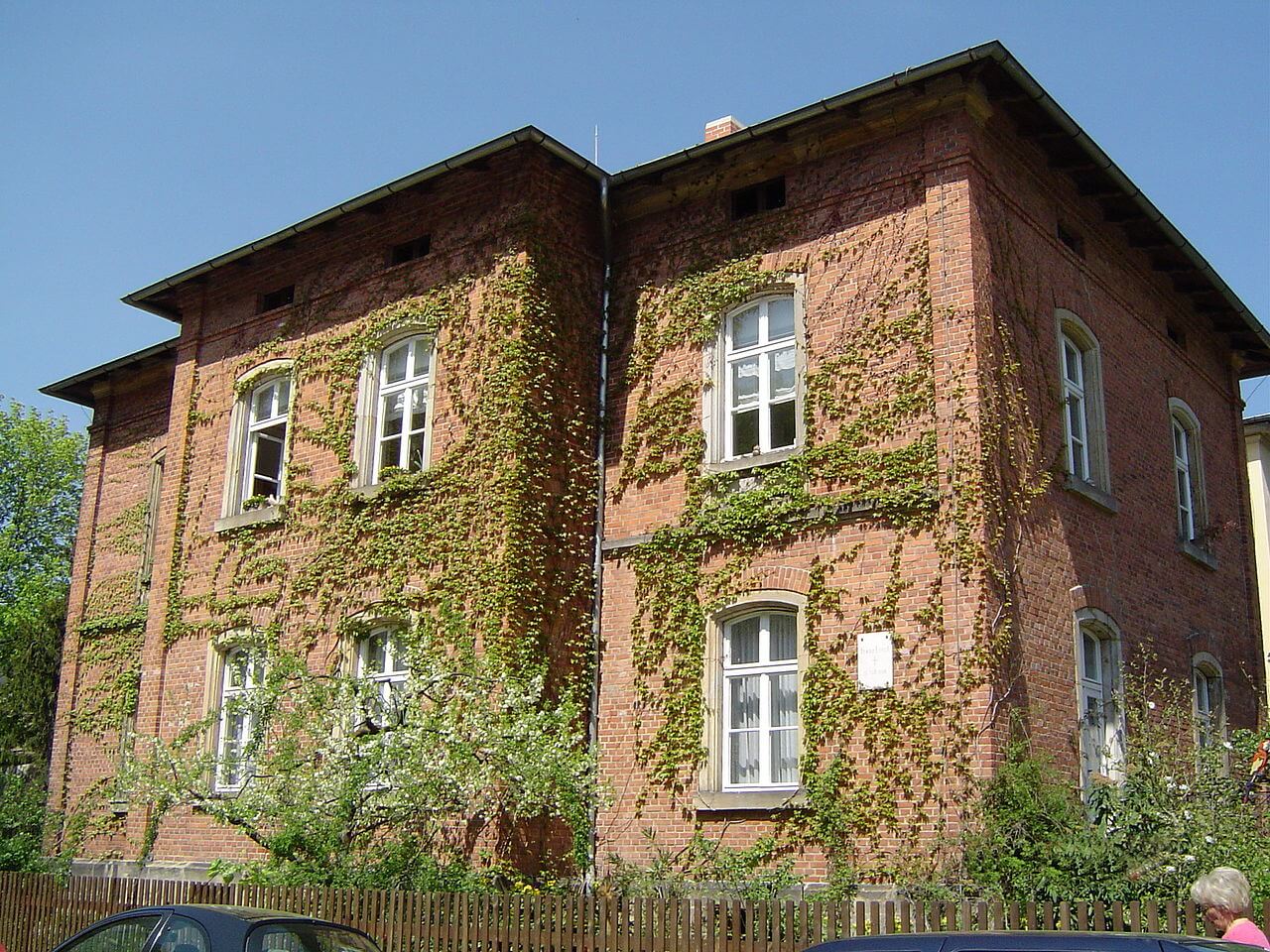
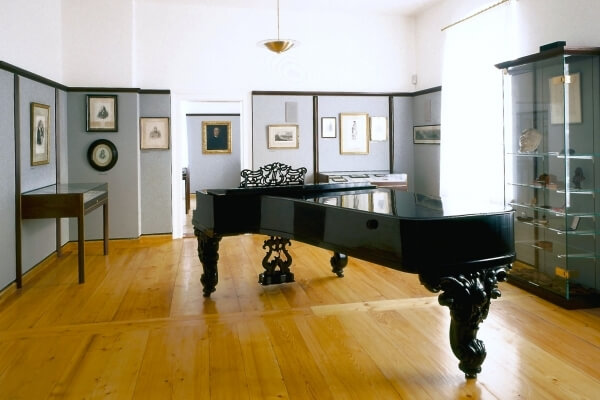
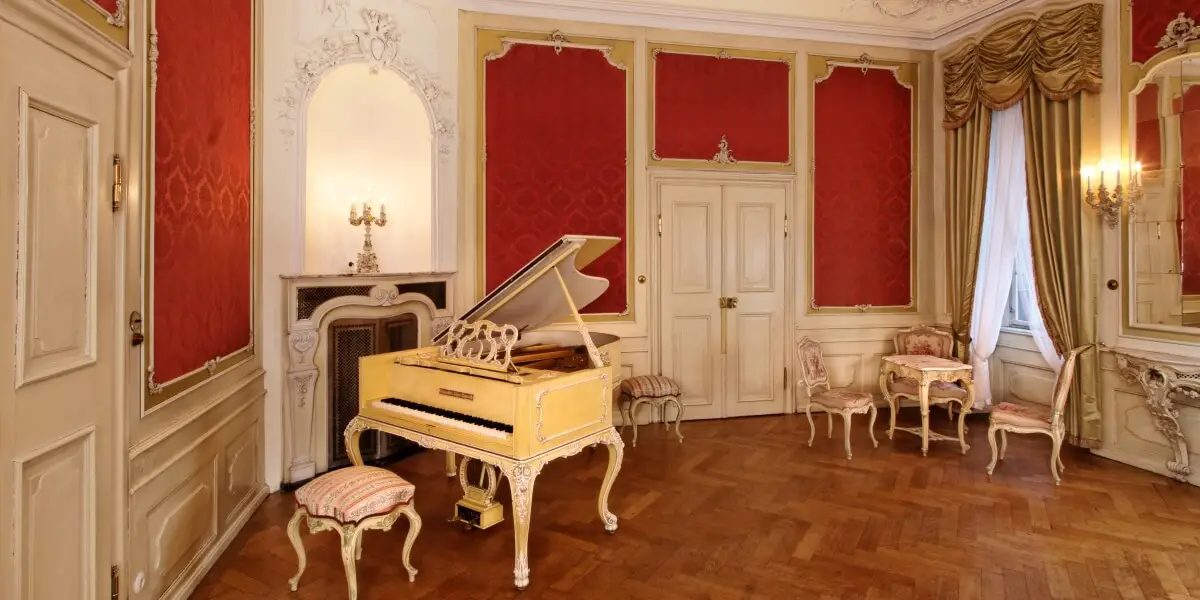
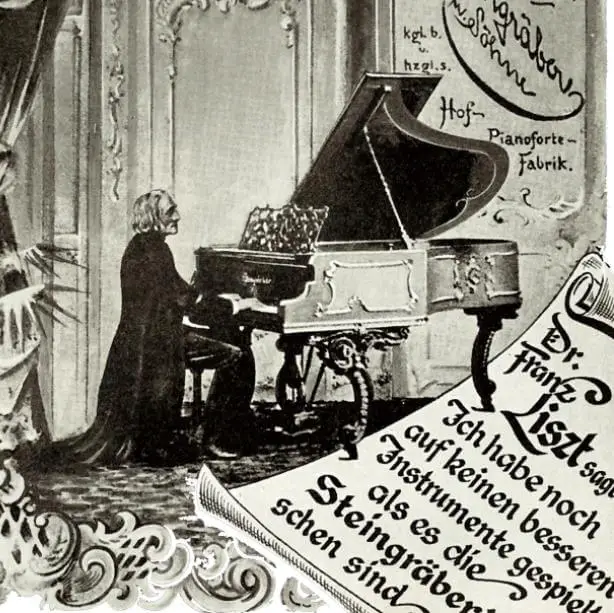
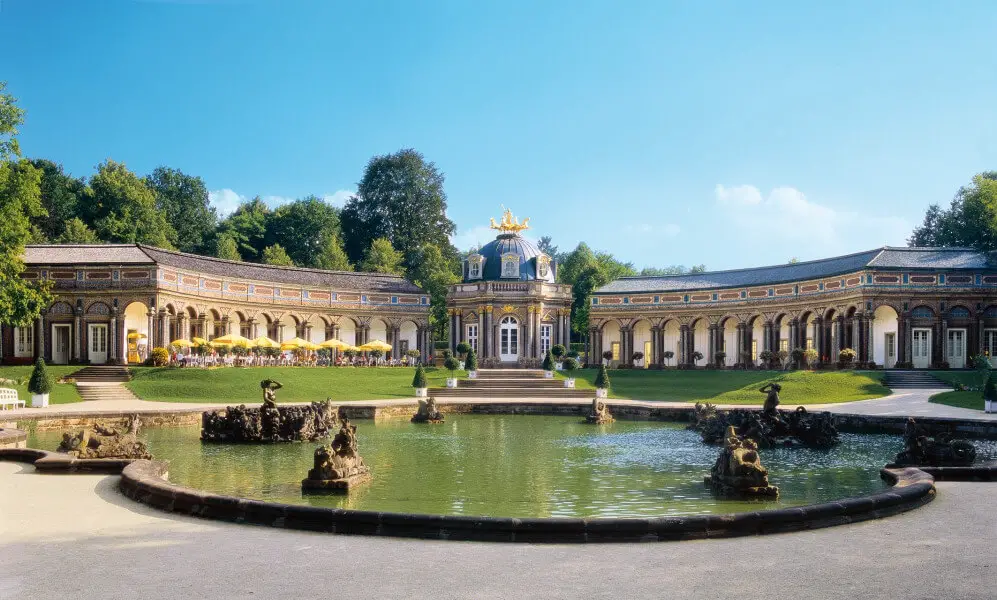
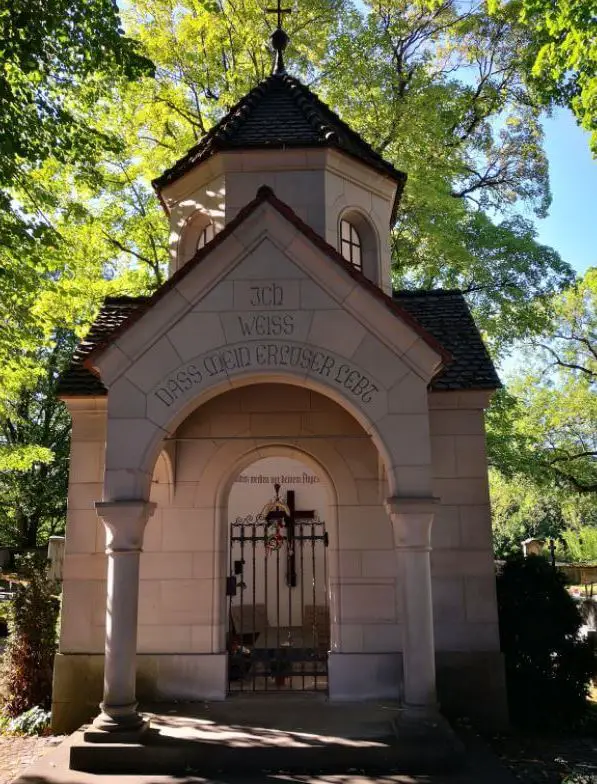


Leave a Reply
Want to join the discussion?Feel free to contribute!